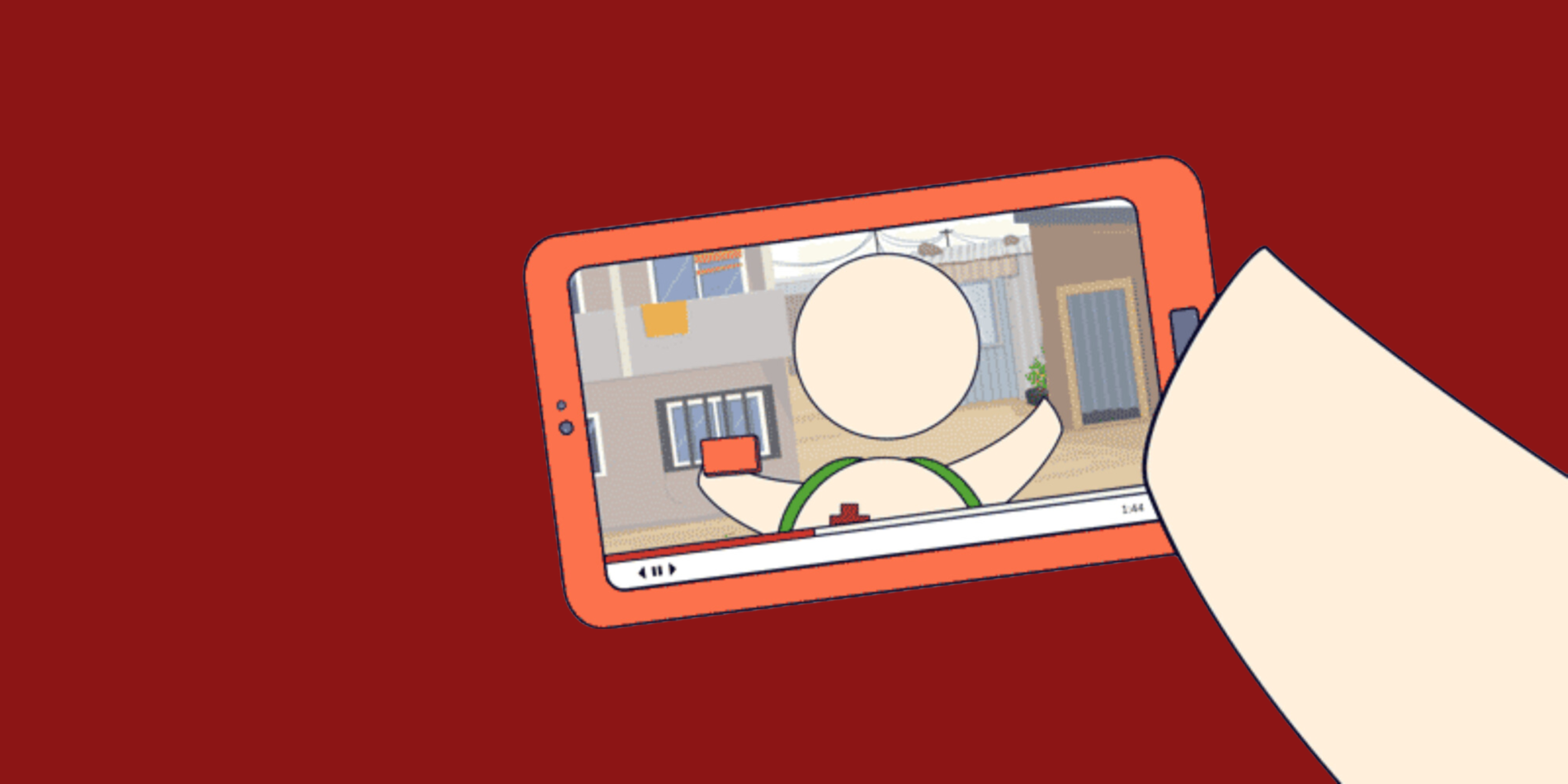Understanding and Overcoming Vaccine Hesitancy Among Indigenous Populations in Guatemala
Indigenous Maya peoples make up over 40% of Guatemala’s overall population. They have faced substantial barriers to COVID-19 vaccine access and acceptance.
Consequently, vaccination rates among Indigenous Guatemalans remained concerningly low in the months following the introduction of the vaccine.
We worked with Wuqu’ Kawoq | Maya Health Alliance and the University of California San Francisco to understand the factors contributing to vaccine hesitancy in these populations and to explore a community-centric approach to vaccine outreach. As part of our multi-phase study, we created and disseminated culturally and linguistically appropriate educational video content to target populations via social media and evaluated its impact on vaccine perceptions and uptake.
The Gap
Barriers to COVID-19 vaccine uptake among Indigenous Guatemalans included a lack of guidance in local languages, confusion around availability and eligibility, and myths and misinformation about side effects. Our teams recognized that in order to overcome these challenges, it was necessary to better understand vaccine perceptions in these communities and to identify ways to reach them with localized and understandable vaccine information.
"If you search the internet for information about COVID in Kaqchikel there is nothing… people do not have information and do not want to get vaccinated. They have reason to be afraid because fear arises from the unknown, from the lack of information."
— Focus group interview participant
Our Approach
Wuqu’ Kawoq is an established and trusted community health organization that works directly with local Indigenous communities. In collaboration with the Wuqu’ Kawoq team and research partners at UCSF’s Institute for Global Health Sciences, we designed a multi-part study aiming to:
- Understand how the COVID-19 vaccine is perceived by the Indigenous Maya population in the Central Highlands of Guatemala.
- Determine which myths and misinformation exist within the community.
- Develop an understanding of where Indigenous Maya populations seek vaccine information.
- Identify trusted sources of messaging for Indigenous community members.
- Understand how Indigenous community members prefer to receive health information, including considerations such as language, format, and platform.
Phase I: Qualitative Research
The initial phase involved focus group discussions with community members and in-depth interviews with local community health workers, nurses, and physicians in Guatemala’s Central Highlands. Respondents noted a lack of information available in local languages and confusion around vaccine availability and eligibility, increasing mistrust in the vaccine and opening the door to myths and misinformation.
It also became evident that increasing vaccine acceptance would require integrating local understanding, cultural contexts, and Indigenous languages such as K’iche’ and Kaqchikel into vaccine messaging.
See more detail on what we learned in the published qualitative study
Phase II: Content Development
With our collaborators, we co-developed two sets of culturally appropriate educational videos covering COVID-19 vaccine side effects and myths and misinformation about the vaccine.
The content was adapted from videos in our COVID-19 toolkit, using a community-based, human-centered design approach. All videos reflected local nuances (dress, food, and concepts of disease) and were voiced and captioned in Spanish, K’iche’, and Kaqchikel.
Phase III: Social Media Dissemination and Evaluation
The final phase of the study involved leveraging social media to test the effectiveness of vaccine education content in local Mayan languages compared to Spanish. Our team found Facebook to be the most relevant and accessible social media platform for the target community, so we ran a Facebook Ads campaign and conducted a Facebook Brand Lift study targeting users geographically.
This phase also entailed conducting in-person surveys before and after the social media promotion. The surveys aimed to determine whether the campaign effectively reached the target populations and influenced their vaccine understanding and acceptance.
Findings
The analysis showed that those who reported watching the videos were 1.78 times more likely to get vaccinated compared with those who did not.
Overall findings suggest that localized health education content that is disseminated through trusted sources can successfully improve vaccine knowledge and uptake.




